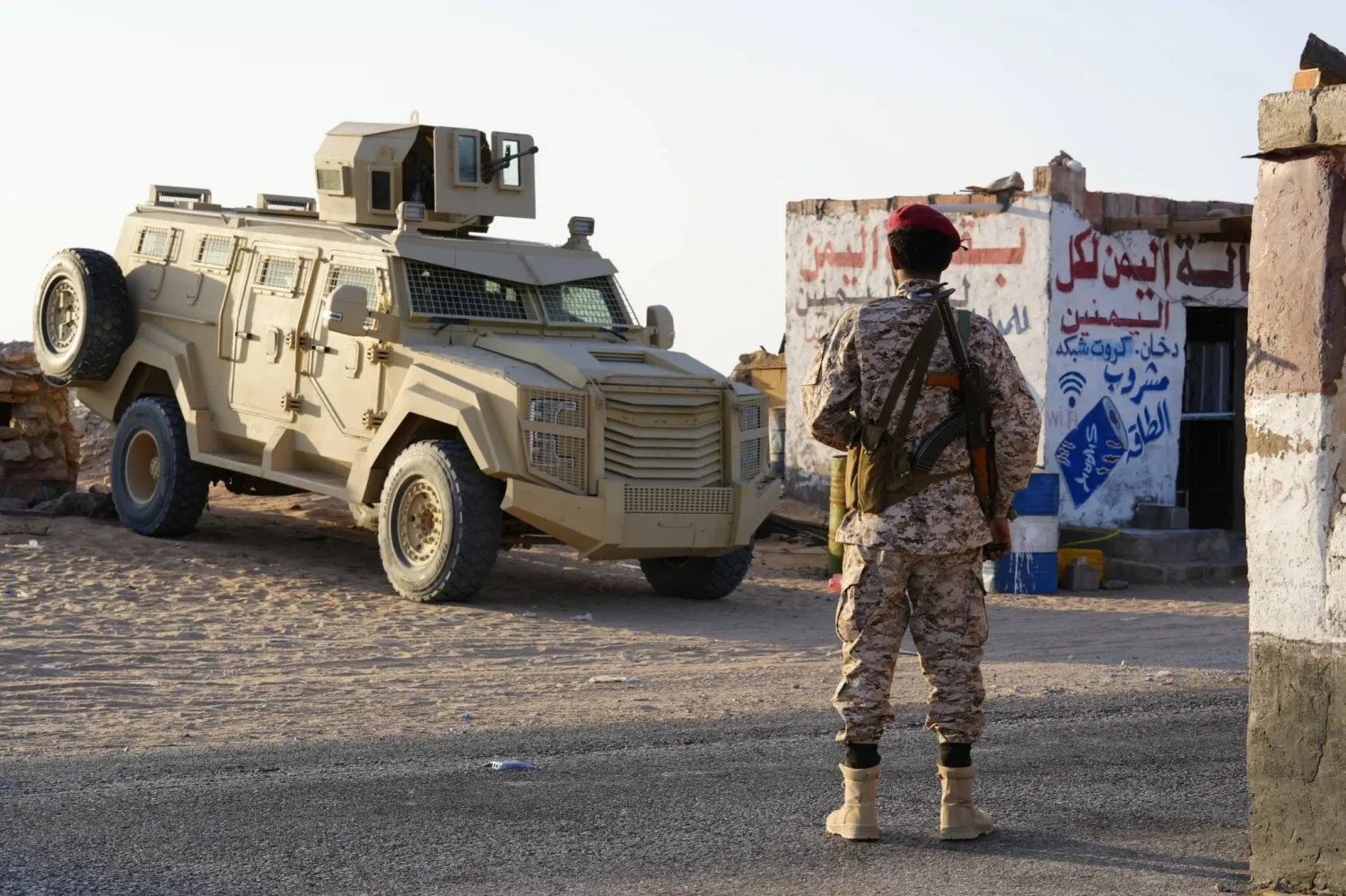The United Nations announced Thursday that more than 12,000 people have been killed since fighting between the Sudanese Army and the Rapid Support Forces (RSF) erupted in mid-April, saying the country is now facing the largest child displacement crisis in the world.
The UN Office for the Coordination of Humanitarian Affairs (OCHA) said in a report that an estimated 6.6 million people have fled their homes, taking refuge inside and outside the country, with children representing about half of the people displaced.
“Sudan is now the country with the largest number of displaced people and the largest child displacement crisis in the world,” it noted.
The report also said that the Armed Conflict Location & Event Data Project website (ACLED) estimates that more than 12,190 people have been killed since the fighting broke out in April, including 1,300 people who were killed between 28 October and 24 November.
Compared to the previous four weeks, the website recorded a 10 percent decrease in battles and a 38 percent decrease in explosions and remote violence in Sudan.
According to the Humanitarian Aid Commission (HAC), over 700 people detained by RSF, many of whom are children, have yet to be released. The condition of the detainees is reported to be dire.
HAC also noted that between April and 15 October, international humanitarian partners reached about 4.5 million people with life-saving assistance.
Humanitarian organizations operating in Sudan require $2.6 billion to provide life-saving multi-cluster and protection assistance to 18.1 million people in desperate need through the end of this year.
The appeal is only 38.6 percent funded, with $989.3 million received as of 7 December, according to the Financial Tracking Service.
Humanitarian Response
In a related development, head of the Peace Commission and Rapporteur of the Supreme Peace Council, Suleiman Mohamed al-Dabello, said on Thursday that the impact of the war and its effects on the displaced people have put great pressure at the health and educational levels in cities and villages across the country, stressing the need to provide essential services to Sudan.
Speaking at a forum on humanitarian response operations in the city of Port Sudan, al-Dabello stressed the need for strict adherence to the laws and regulations governing humanitarian work among all parties working in this field.
He said the forum reaffirms the government's commitment to all laws and agreements signed with agencies and humanitarian organizations.
Shelling in Khartoum
At the field level, the Sudanese Army and the RSF traded fire in several areas of the capital. Eyewitnesses said they heard the sound of violent and successive artillery shelling in areas located east of Khartoum.
They said the Sudanese army, positioned in the Wadi Seidna military base in north Omdurman, shelled a number of RSF positions in various districts of the city.
Local sources in Khartoum said bombs fell in the Jarif West district of Sudan's capital, destroying a number of houses without causing any casualties. However, they said, the shelling caused panic among citizens.
UN: More than 12,000 Killed in Sudan War

A camp for Sudanese refugees in Chad (Reuters)

UN: More than 12,000 Killed in Sudan War

A camp for Sudanese refugees in Chad (Reuters)
لم تشترك بعد
انشئ حساباً خاصاً بك لتحصل على أخبار مخصصة لك ولتتمتع بخاصية حفظ المقالات وتتلقى نشراتنا البريدية المتنوعة







